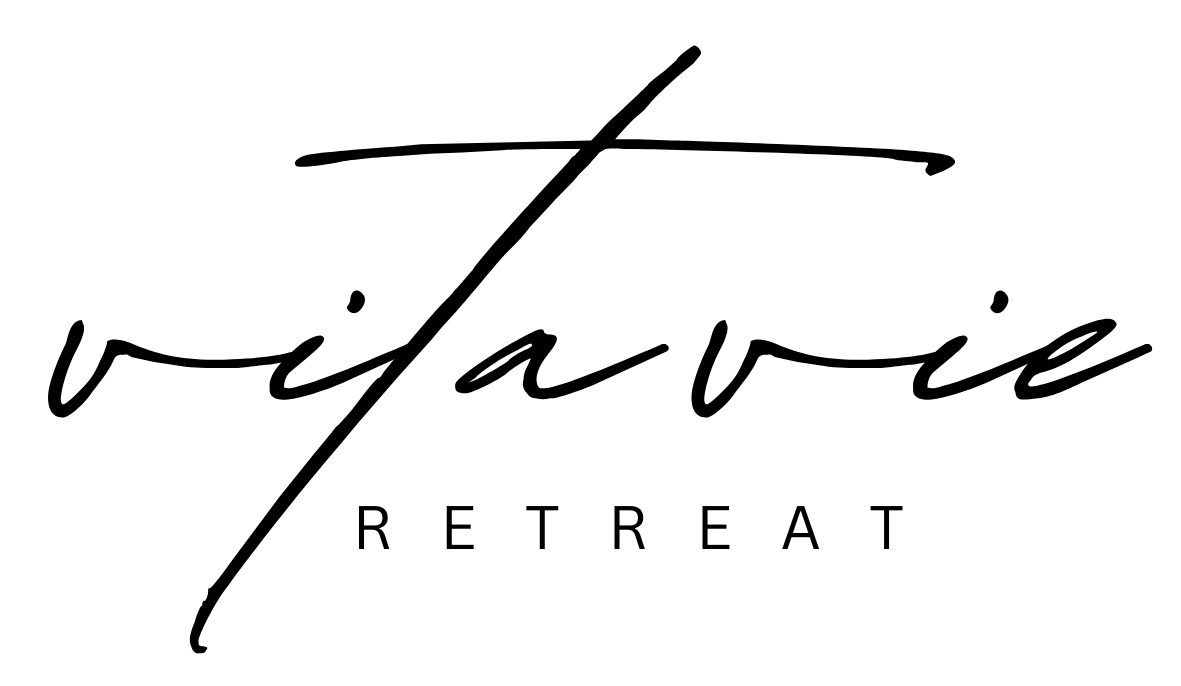How To Create A Balanced Fitness Routine
/Create A Balanced Fitness Regimen
It seems like everyone is talking about balance when it comes to physical activity. I talk to people daily who are looking to have a more balanced exercise routine. Fitness coaches (including myself) talk about creating balance in workouts but what exactly does this mean? Creating balance really means drawing from a few different components to round out your daily/weekly/monthly fitness regimen.
Balance includes mixing things up. It means combining intense physical activity (like intervals or even a challenging sport) with strength training, some type of recovery work and movement that you enjoy. If that sounds complicated, it’s really not. Anyone can do it. What we see most at our fitness retreat is that many people are lacking in the areas of strength training as well as flexibility and recovery. It’s important to know so you can fix the problem - if there is one. What part of your fitness regimen is lacking?
We’ve got the four components to balancing your fitness routine below that we think are the most important. These should help you determine whether or not you need to fill in any gaps in your workout routine.
4 Components To Balancing Your Workouts
Strength & Resistance Training - Resistance training is important not only for strength but also for posture, better mobility, metabolism and bone density. The majority of our fitness retreat and coaching clients are lacking in the area of strength training when we first meet them. Cardio is pretty easy to do whenever, wherever. You can always go for a walk or a run, right? Resistance training requires a little more planning so it seems like many people revert to cardio - because it’s easy. That makes sense but the benefits of strength go well beyond pretty sculpted muscles and burning calories. Strength includes upper body, lower body and core work. It’s all important. Whether you’re using actual weights, resistance bands or even a doing a challenging bodyweight workout, resistance training is a must and it should not be skipped or overlooked.
A Mix Of Cardio - Cardio is an important aspect of the obvious - cardiovascular health and conditioning. It’s important to get your heart rate up and condition your heart and lungs. There are different types of cardio from endurance and long distance cardio to shorter duration steady state cardio and short burst interval or HIIT style cardio workouts. Is one more important than the other? The short answer is that they’re all important. The long answer is that they are all different and may benefit or hinder people in different ways. Here are just a few of those ways for each type:
Steady State Moderate Intensity - This is your 45 minute to an hour long cardio session. It isn’t too hard and isn’t too easy - it’s somewhere in the middle. The benefits are that it isn’t too taxing on your joints and you can usually do it anywhere - gym, outdoors, etc. The negatives could be that it isn’t really challenging your body and cardiovascular system, ins’t burning a ton of calories and could tax your immune system over time.
Long Distance Endurance Cardio - These are your 60 minute - 3 hour long cardio sessions. While endurance activities definitely challenge the body and the mind, without proper strength and recovery work, they can wear down muscles, joints and your immune system.
Interval + HIIT Workouts - 20 - 45 minutes - These are the workouts that we recommend for most people. They challenge the body, improve cardiovascular health and burn calories not only during the workout but after the workout. Although some interval style and HIIT can be taxing for the joints, modifications can always be put in place to maintain joint integrity. They are the most “bang for your buck” in terms of what you can get out of your workout in a reasonable amount of time.
Recovery Work - Many people discount doing the work that doesn’t include intense, calorie burning workouts. Most tend to skip recovery work. Be it stretch, some form of yoga or even foam rolling and self myofacial release, it seems like this area is usually lacking. Recovery could include any of those as well as dynamic flexibility and massage as well. It’s important to keep not only the muscle tissue healthy and flexible but also the connective tissue. Recovery and active recovery work can help you maintain or increase flexibility, range of motion and even help you with power in some cases. Gravitate to what you like here. Maybe massage is your thing. Perfect! Set up a schedule for weekly or bi-weekly massages to keep you released and relaxed. Find a yoga or flexibility class if that’s more up your alley. Do what you like and what’s available both in terms of money and time.
The Enjoyment Factor - While many people may not even consider including “fun” activities into their fitness routine, it’s actually an important piece of the equation. We tend to gravitate to what we like so doing what interests you is a great thing because it will keep you moving. Your workouts don’t have to be 100% gym workouts. Some of your workouts can include other types of activities that have you moving and sweating. Whether you include obstacle runs, a class you like to take each week (dance, kickboxing, etc), hiking, surfing, workouts at the park or a racket sport, do something each week that you enjoy doing. This is one of the reasons why we vary the workouts at the retreat so much and include outdoor and indoor workouts. Mixing it up is the name of the game. It keeps things fresh and new!
A Few Other Things To Consider For Balancing Your Fitness Routine
There are a few other elements to consider when balancing your fitness activities.
Mindful Movement - Choose movement that works for your body. If you have injuries, imbalances or a certain type of movement feels better, it’s important to listen to your body and do what’s best for you. Create balance for your workouts within your limits.
Your Schedule - Obviously, your schedule and free time may dictate how many workouts or activities you can get in each week. You may feel limited in terms of balance — do what you can. Create balance where you can and when you can.
Plan It Out - If it helps you to organize your activities, plan out your days and weeks with a journal or online app. It may help you to ensure that you’re getting in all of the elements that you want and need for your routine.
We hope this helps you to gain some balance within movement for your lifestyle. The most important thing is that you do what’s within your limits and your lifestyle. If you need help creating balance, check out our Health & Wellness Coaching (can be done in person or online). Our join us for a retreat to jumpstart your balanced fitness routine! We’d love to help.
In addition, if you have any questions about this blog post, please feel free to leave them in the comment section below.
RETREAT SERVICES - COACH OR TRAIN WITH US!
Personalized nutrition and fitness coaching in person or online.
Personal Training (in person - Delray Beach, FL)
GET RETREAT UPDATES + HEALTHY INSPIRATION
Sign Up For Our E Newsletter

























